Sony’s replacement of its popular a7R II comes packed with new features, most of them aimed at performance, ergonomic and autofocus improvements. But there are image quality improvements as well, like more dynamic range, but also a new Pixel Shift feature that hasn’t yet been talked about much.
Cameras with sensor-shift mechanisms are increasingly offering these pixel shift modes by precisely moving the sensor in one pixel increments to sample each color at every position, thereby overcoming the downsides of the Bayer filter array. And getting you sharper images with less moiré, with potentially less noise thanks to multi-sampling and less math required to figure out the R, G and B colors at each pixel. How does this look in the real-world? Explore our Pixel Shift vs. non-Pixel Shift Raw comparison below (Raws processed using Sony Imaging Edge with all sharpening and noise reduction settings zeroed out, and only tonal adjustments applied to deal with the high scene contrast):
$ (document).ready(function() { ImageComparisonWidget({“containerId”:”reviewImageComparisonWidget-39809707″,”widgetId”:566,”initialStateId”:null}) })
Move around the image and you’ll see a marked increase in clarity almost everywhere. The buildings’ windows are sharper and clearer, all the foliage far more defined… these Pixel Shift results are frankly astounding for static scenes. It’s like a veil has been lifted off your scene: something landscape photographers will simply love. All details are clearer, crisper, and there is no hint of moiré anywhere. The last time I saw this jump in clarity was going from a Rebel with kit lens to a 5D with L-series lens, to put this in perspective.
Last time I saw this jump in clarity was going from a kit lens on a Rebel to an L-lens on a 5D
And it’s not because of extra sharpening (which would come at the cost of more noise, which we don’t see), but because of the extra sampling. We’d also expect a decrease in noise, but we can’t quite tell here because of the non-standard workflow and because – to the credit of the a7R III’s dynamic range – this sunset scene still doesn’t have enough dynamic range to challenge the a7R III and make shadows visibly noisy.* That’s saying a lot.
This sunset scene doesn’t have enough dynamic range to challenge the a7R III. That says a lot.
What’s more: Sony’s recent lenses have enough resolving power to take advantage of this mode. You see the resolution increase at least partly because the lenses have enough resolving power to take advantage of the extra pixel-level sampling (theoretically, increasing the resolution of any part of the imaging chain has the potential to increase sharpness, but your lens needs to resolve enough to begin with to see the dramatic differences we’re seeing here). You can’t always take that for granted (see the limited increase in resolution of Pixel Shift modes on Micro Four Thirds cameras in our studio scene, for example).
Studio Scene Comparison
We know you’re itching to compare these results to all our other cameras, including those with their own Pixel Shift modes. Well, here you have it (Phase One 100MP camera is included as a benchmark so you know what the details are actually supposed to look like in our scene):
$ (document).ready(function() { ImageComparisonWidget({“containerId”:”reviewImageComparisonWidget-26066373″,”widgetId”:565,”initialStateId”:null}) })
The first thing you might notice is the lack of moire in our saturated color wheels, something even the Phase One 100MP sensor fails at. The Pentax K-1 offers a similar performance here: sampling three primaries at each pixel position helps overcome the color aliasing typically associated with Bayer filters.
Pixel Shift removes color aliasing in the newspaper print$ (document).ready(function() { $ (“#icl-3794–1566952198”).click(function() { ImageComparisonWidgetLink(3794); }); }) as well (check back above). It also produces less moire in the black and white text$ (document).ready(function() { $ (“#icl-3798-785963340”).click(function() { ImageComparisonWidgetLink(3798); }); }) of our scene. The lack of moire and increased resolution allows you to read down to the last line with ease – something the a7R II can’t claim.
You can even start to see the texture in our color wheel$ (document).ready(function() { $ (“#icl-3795-1120823446”).click(function() { ImageComparisonWidgetLink(3795); }); }) that not even the Pentax in Pixel Shift mode (much less the original a7R II) can resolve. The Phase One and Pentax medium format cameras are the only other cameras sharing that honor.
Traditional cameras with Bayer arrays particularly resolve less in saturated colors, where the lower resolution of the red or blue pixels really starts to show. So take a look at the massive increase in resolution in our saturated threads$ (document).ready(function() { $ (“#icl-3796–2100605088”).click(function() { ImageComparisonWidgetLink(3796); }); }). You can resolve individual strands the a7R II – or a7R III without Pixel Shift – don’t show. The K-1 does well here too, but remember the a7R III images are processed through Sony ‘Imaging Edge’, and we expect things to improve once Adobe provides support (which, to our understanding, it will).
Just generally speaking there’s more detail throughout our scene: take a look at our Beatles patch$ (document).ready(function() { $ (“#icl-3797–29172716”).click(function() { ImageComparisonWidgetLink(3797); }); }). You can make out individual threads otherwise only visible to the Phase One. The increased resolution of the a7R III over the K-1 probably helps resolve more threads, though the incredibly sharp Sony FE 85/1.8 may have some role to play here as well.
If you’re curious how well the 50MP Canon 5DS R compares: not so well. Individual threads are not well resolved$ (document).ready(function() { $ (“#icl-3800–1236522308”).click(function() { ImageComparisonWidgetLink(3800); }); }) (if not noisy, particularly in the reds), and color aliasing$ (document).ready(function() { $ (“#icl-3801–202191445”).click(function() { ImageComparisonWidgetLink(3801); }); }) can be an issue.
Are we impressed?
How could we not be? Landscape, cityscape and architecture photographers will absolutely love this new feature paired with the already excellent sensor in the a7R III – as long as they steer clear of (or clone out) moving objects in the scene. The increase in resolution and decrease in aliasing Pixel Shift brings is obvious in both our studio scene and real world result. It’s frankly dramatic in the latter.
Are we impressed? How could we not be? Landscape, cityscape and architecture photographers will love this
There can be obvious artifacts in anything moving though, so that’s a potentially significant (albeit expected) caveat for landscapes with motion (water, fast clouds), telephoto shots prone to movement from wind and vibrations, etc. You’ll want to use a sturdy tripod with a remote release or self-timer. Furthermore, for now, using Sony’s ‘Imaging Edge’ software is clunky, but once Adobe incorporates support, we can’t wait to start shooting landscapes and perhaps tougher subjects in this mode to see how well it copes.
* That said, this was still a high dynamic range scene that we exposed for the highlights and tone-mapped in post using Sony’s ‘Imaging Edge’ software (the only option for processing Pixel Shift files at the moment). So shadows have been lifted many stops – yet remain noise free. You’ll have to excuse the somewhat flat result, as we didn’t have access to the tools we’re used to to tonemap HDR images while retaining proper local contrast. More to come…
Articles: Digital Photography Review (dpreview.com)


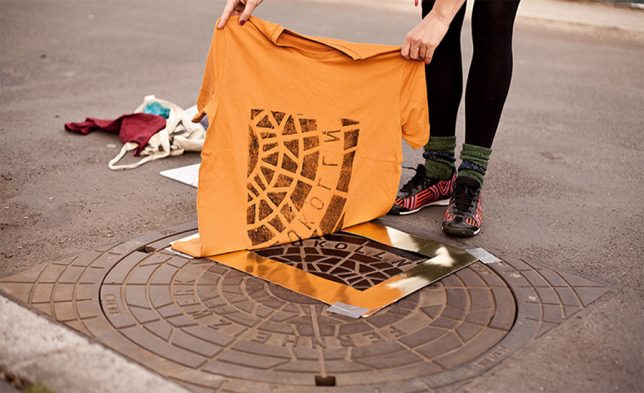

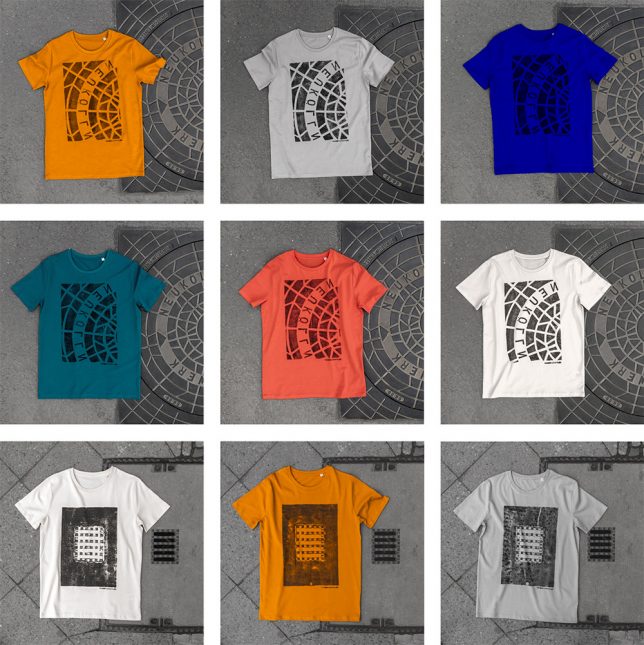
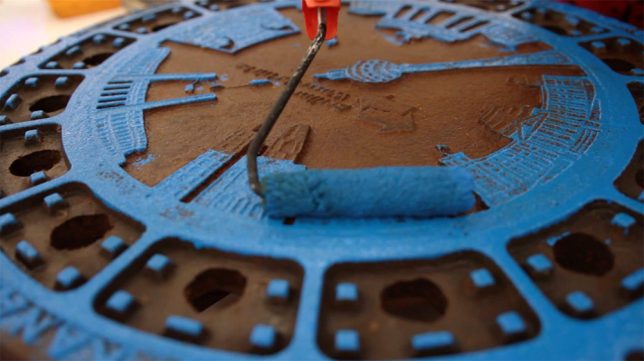
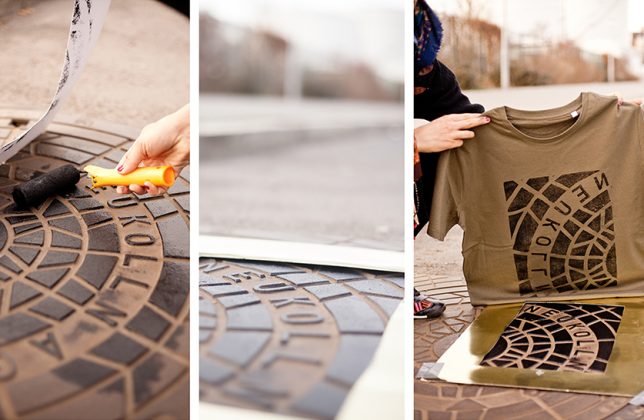

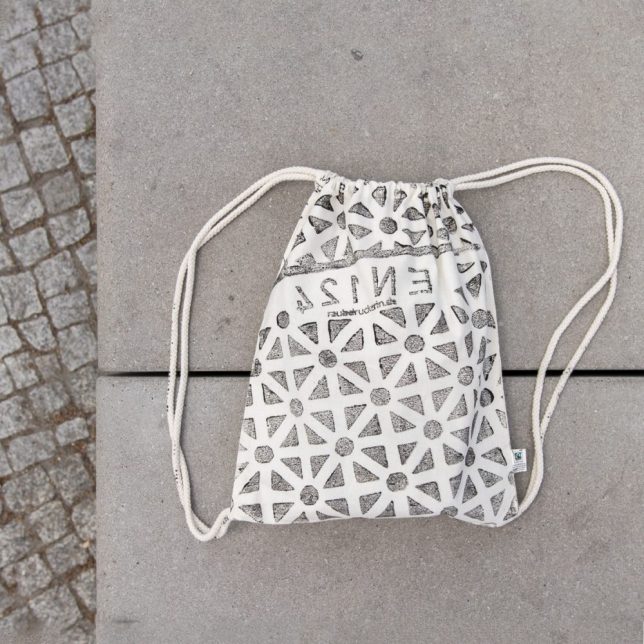
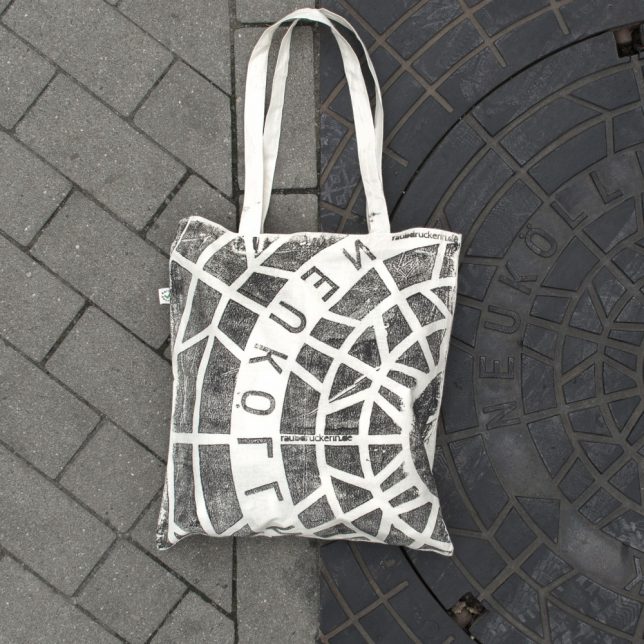
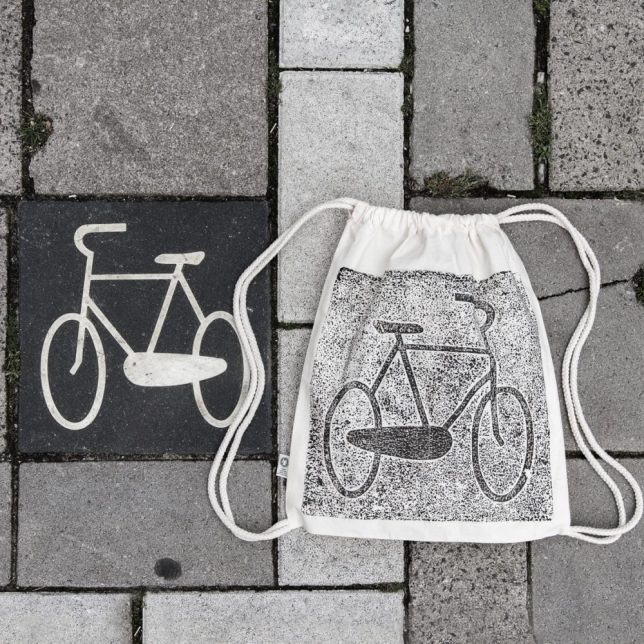
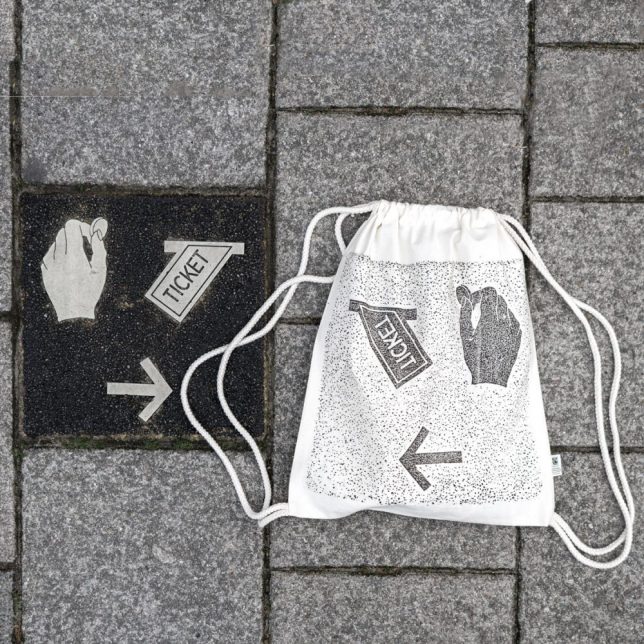




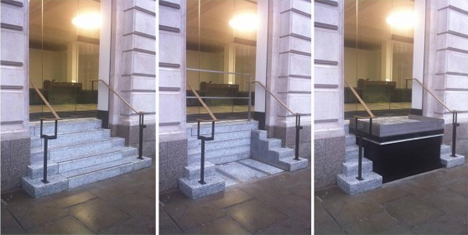
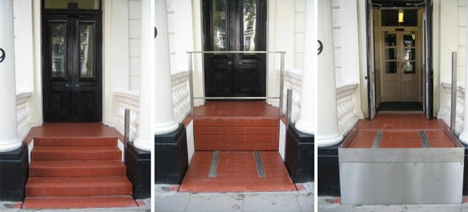
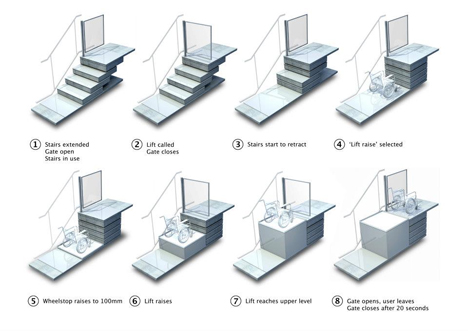
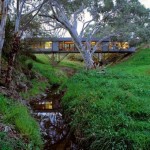
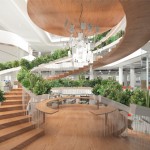
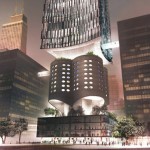




You must be logged in to post a comment.